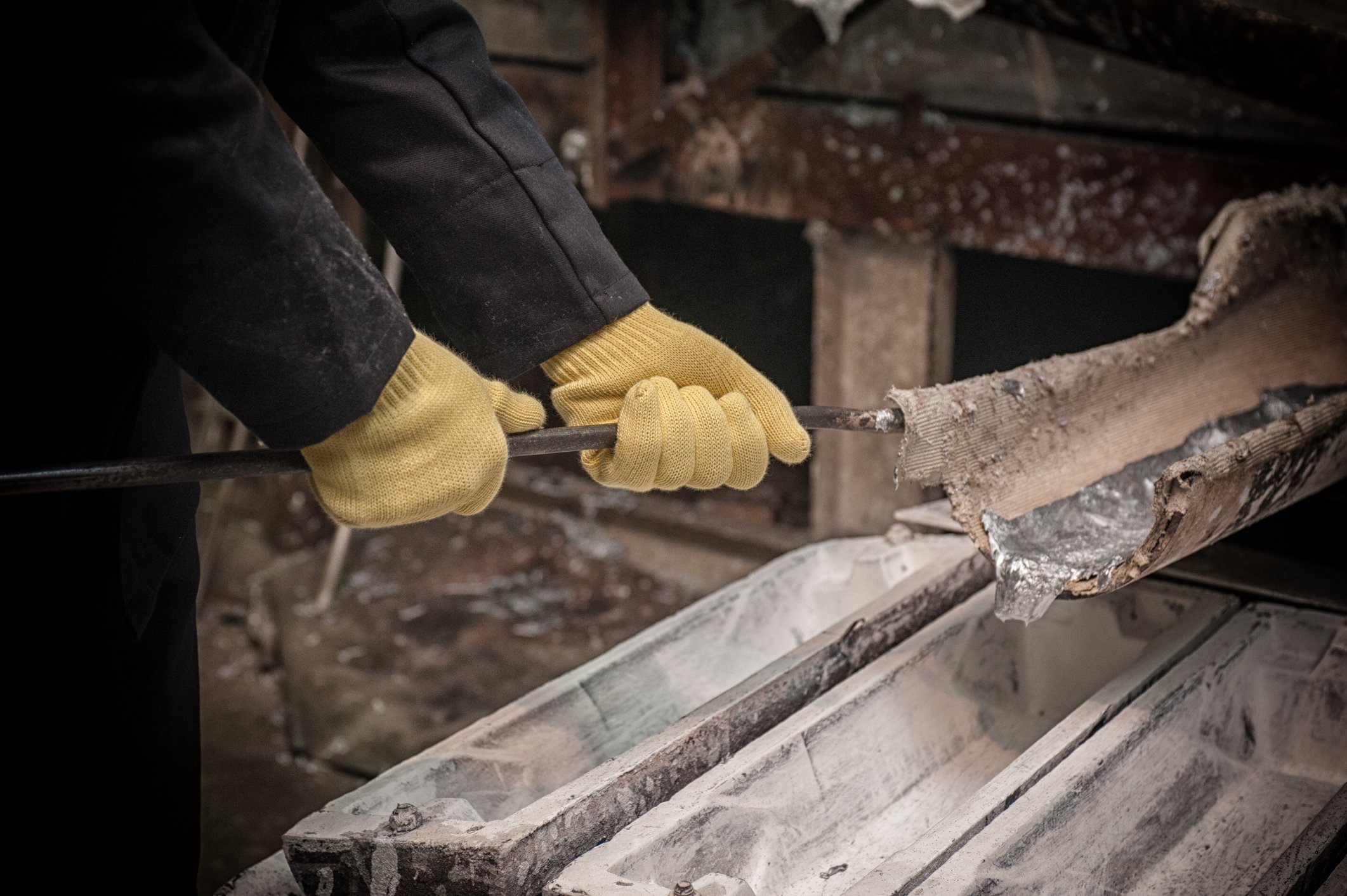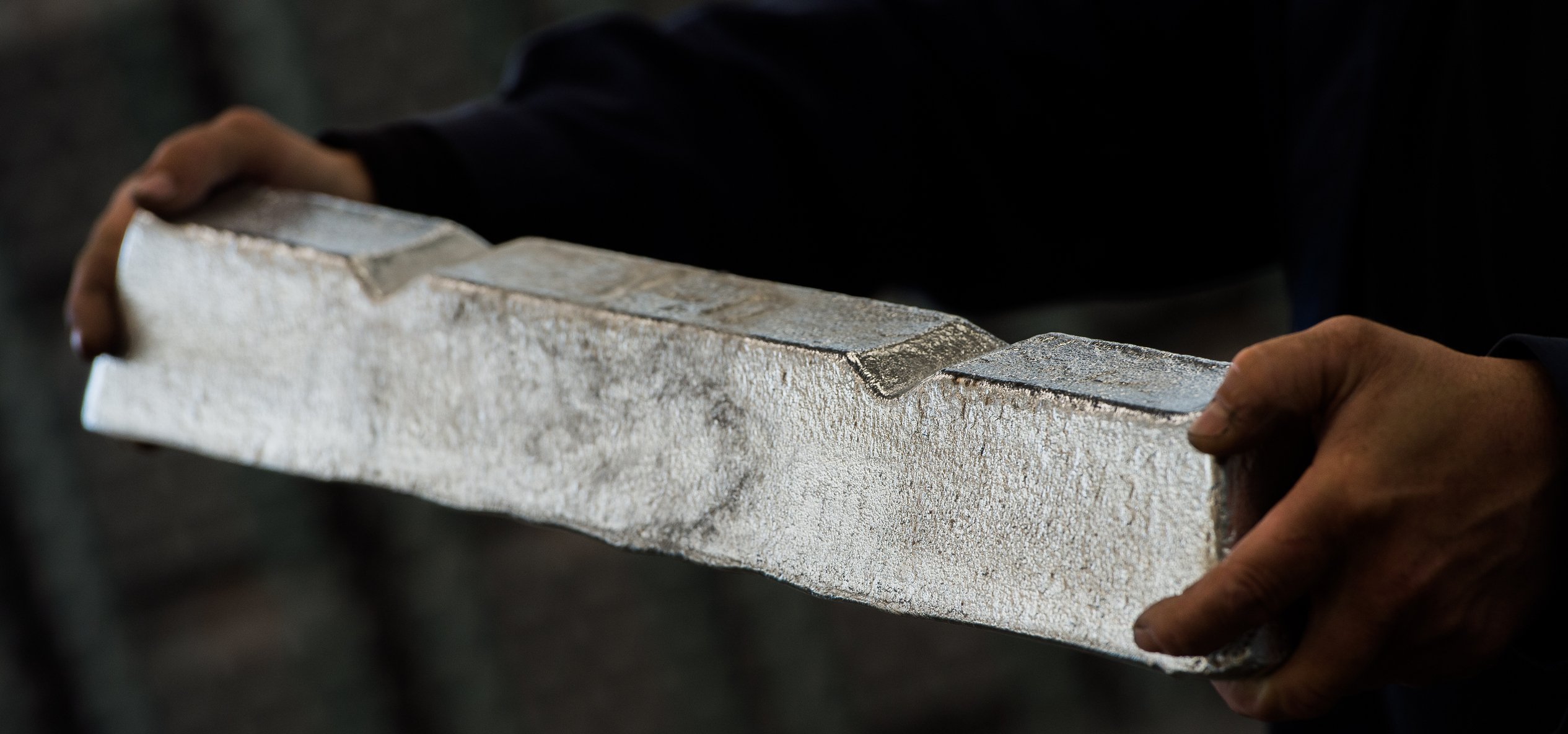Disappointing aluminum prices have put pressure on Alcoa's (AA +0.00%) shares throughout the whole year. The company just released its third-quarter earnings report, beating analysts' estimates. Alcoa managed to report income of $0.11 per share despite lower aluminum prices. Does it mean a fresh turn for the business?
Productivity gains
According to Alcoa, it has already generated $825 million of savings on productivity improvements. In fact, cost of goods sold was 83.2% of total revenue in the third quarter, an improvement from 84.3% in the second quarter. If we look back at the third quarter of 2012, the improvement is even bigger. Cost of goods sold was 90.3% of total revenue back then.
Should you be encouraged by productivity gains? I would recommend staying cautious. Alcoa's progress is notable, but it does not solve the main issue – low aluminum prices. You cannot increase productivity forever. This task gets harder as business processes become more optimized. Even with the gains in productivity, the results are modest. The $24 million net income achieved in the third quarter does not look very impressive for a company with an $8.5 billion market cap.
Shift to value-add products
Twenty-eight percent of Alcoa's revenue in the third quarter came from its primary metals segment. This means that the company is still very sensitive to aluminum prices. Currently, there are no major drivers that could significantly lift aluminum prices.
This is bad for companies like Century Aluminum (CENX +1.67%), which is totally focused on producing primary aluminum. Quite surprisingly, its stock is performing in-line with Alcoa this year. Unlike Alcoa, which is expected to finish the year with a $0.28 per share profit, Century Aluminum is expected to lose $0.77 per share. The company is trading at a 41 forward P/E compared with Alcoa's 18 forward P/E. I see no way the valuation of Century Aluminum could be sustained and expect more downside to come.
The performance of Kaiser Aluminum (KALU +0.20%) is quite different. The company is focused on production of semi-fabricated specialty aluminum products and is not exposed to aluminum price fluctuations. As a result, its stock is up 18% this year. With a 15 forward P/E, the company looks cheaper than Alcoa.
Alcoa expects aerospace segment sales to grow 9%-10% in 2013, powered by the increased backlogs of Boeing and Airbus. The company expresses big hopes that the automotive industry will become more aluminum-intensive, which would lead to a more than 3x increase in auto sheet revenue. I remain skeptical. I would like to see real data rather than the company's predictions that automakers are increasingly shifting to aluminum.
Bottom Line
Alcoa's third-quarter results look decent, but the stock is not cheap at all. The 1.51% dividend yield is unlikely to attract income hunters. Questions remain over how the company would grow in the environment of low aluminum prices.
Alcoa predicts that world aluminum demand would grow 7% this year, backed by Chinese manufacturing activity. However, the surplus on the global aluminum market is expected to grow 21.2 % in 2014. While the remote future of aluminum could be bright, near-term difficulties mean that aluminum producers would remain under pressure.
Alcoa must make a shift to value-add products more pronounced to make a difference. The company expects that value-add products would contribute 1.3% more revenue in 2013 than in 2012. This is not enough to be talking about a major improvement on this front.
All in all, I expect Alcoa to fluctuate back and forth near current levels. The company needs more than cost-cutting to start producing good earnings growth.







